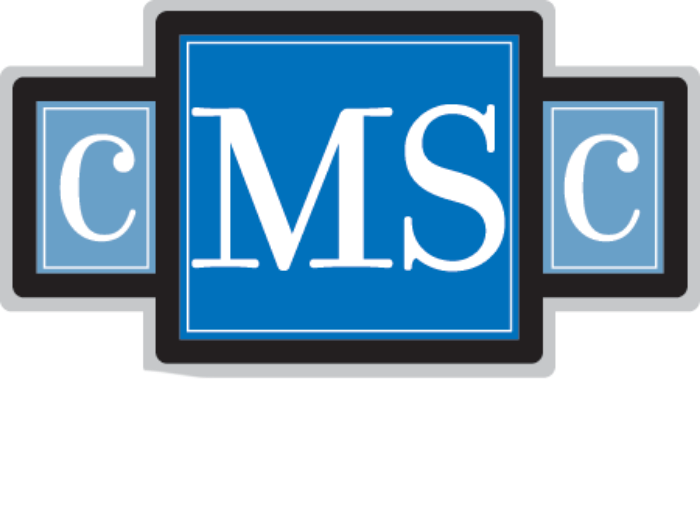Publication
Research Article
International Journal of MS Care
Editorial - Volume 19, Issue 2 - March 2017
March is a month of transition, leading us away from or closer to winter, depending on which hemisphere one inhabits. For everybody, scientific meeting season has already begun, and the Consortium of Multiple Sclerosis Centers (CMSC) annual meeting is less than 3 months away. There is still time to submit a late-breaking abstract if important findings you wish to share came in after the regular submission deadline.
March is also MS awareness month in the United States, a fitting time to contribute to the body of evidence on comprehensive multidisciplinary MS care through the contents of this second issue of the International Journal of MS Care for 2017.
We are pleased to offer CE credit for the article by Pilutti and Edwards on the benefits of exercise training for individuals with progressive MS. This article was written in response to a statement sent to us by Dr. Robert Herndon, the founding editor in chief of the IJMSC, addressing a current controversy in MS care. Dr. Herndon asked whether exercise could be harmful in progressive forms of MS: “We believe that exercise has a number of benefits early in the disease. Regular exercise appears to markedly decrease fatigue, maintains physical function, and has general health benefits; however, the situation may be different in the slow ascending progression of primary and secondary progressive disease. In this situation, it is usually assumed that exercise remains beneficial, but one would expect extensive sprouting of axon terminals to re-innervate vacated synapses, and, by analogy with post-polio syndrome, adding further stress to these already stressed axons could actually accelerate the degeneration.” The clinical research findings summarized by Pilutti and Edwards suggest that exercise is beneficial in progressive MS, although more evidence is needed to fully answer this question.
One of the goals of exercise is to increase strength. While many investigations focus on upper- and lower-extremity strength and function, Yoosefinejad and colleagues remind us of the importance of core muscles, whose strength and endurance were decreased in a group of MS patients with low levels of disability.
Forsberg and colleagues report on the validity and sensitivity to change of the modified Functional Gait Assessment (a test of walking balance derived from the Dynamic Gait Index) in people with MS. This measure could help address the need for walking tests reproducing “real life” conditions to assess the progression of mobility limitations, as well as the effects of rehabilitation and symptomatic therapies.
Fall prevention is another major area of focus in MS rehabilitation, requiring the identification of modifiable risk factors. Vister and colleagues observed that fatigue and low walking activity levels were significantly associated with worse balance, increased fall risk, and lower quality of life in people with MS, while only fatigue was associated with prospectively recorded falls. Equally important is the ability to get up independently after a fall. In the study reported by Bisson and colleagues, more than half of 327 individuals with MS over 55 years old reported receiving help to get off the floor after a fall.
It is essential that all MS care providers be educated on the growing armamentarium of disease-modifying therapies for MS, even if they are not prescribers. Phillips and colleagues provide a review of the efficacy and safety of dimethyl fumarate (DMF), including the management of adverse events. Even though DMF and other oral medications for MS are attractive to our patients, injectable therapies are still widely used, and injection-related pain may adversely affect treatment adherence. In an open-label study, Brown and Simnad found that a topical adhesive containing anesthetic and heating components reduced injection-related pain in patients treated with subcutaneous interferon beta or glatiramer acetate.
The IJMSC editorial team looks forward to seeing you soon at the CMSC annual meeting in New Orleans. Please join us for an IJMSC roundtable on Thursday, May 25, from 12:30 to 2:00 p.m., or visit us at your convenience at the IJMSC booth in the exhibit hall.







